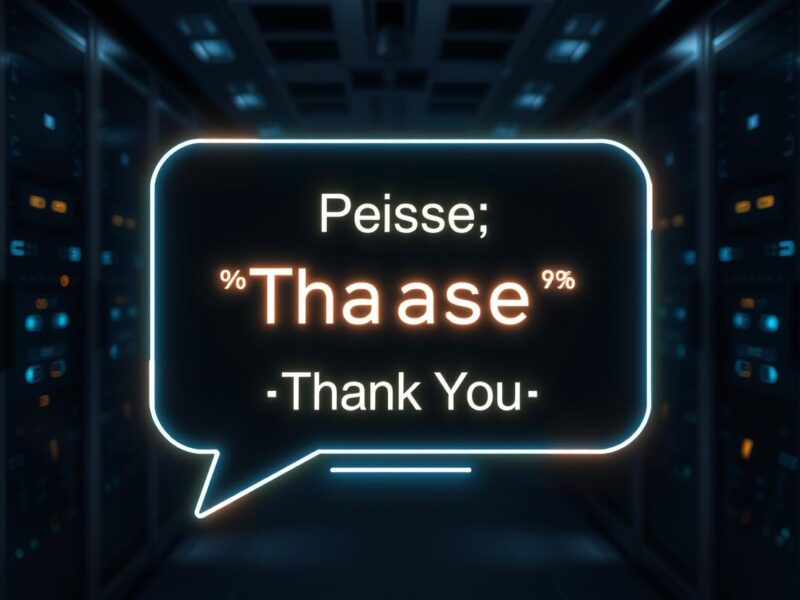In the ever-evolving landscape of artificial intelligence, Google’s Gemini 2.5 Pro model emerges as a beacon of advanced reasoning and extended logic, especially when paired with its Deep Research feature. This combination promises a nuanced exploration of topics, but at what point does depth become overkill? My journey with Gemini 2.5 Pro and Deep Research began with curiosity but quickly turned into a contemplation of AI’s capacity to overthink.
Starting with a personal interest in homebrewing hard cider, I prompted Gemini to investigate the process and history. The response was a sprawling narrative that blended historical anecdotes with scientific detail, from Roman times to modern-day practices. While informative, the report’s exhaustive detail on apple cell structure and pectin’s impact on mouthfeel felt more like a scholarly article than a practical guide. It was as if the AI, in its quest for comprehensiveness, forgot the essence of my query.
Next, I ventured into the realm of early childhood music education. The report was a deep dive into cognitive theories and neurological growth stages, offering valuable insights but also veering into tangential discussions. The AI’s ability to connect musical activities to developmental stages was impressive, yet the breadth of information sometimes overshadowed the practical advice I sought.
The final experiment with flavor pairing highlighted the AI’s prowess in blending science and culture. The detailed exploration of aromatic compounds and global culinary practices was enlightening, but the digression into goat diets was a stark reminder of the model’s tendency to over-elaborate. The line between thoroughness and excess seemed blurred.
Gemini 2.5 Pro with Deep Research is undeniably powerful, offering insights that are both deep and wide. However, this strength can also be a weakness, as the AI’s propensity to explore every conceivable angle of a topic may not always align with the user’s needs. It raises the question: Can an AI overthink? Based on my experience, the answer leans towards yes. The model’s exhaustive approach, while valuable for certain contexts, may overwhelm those seeking straightforward answers. Perhaps the key lies in finding a balance, where the depth of research is matched by an understanding of the user’s intent.


